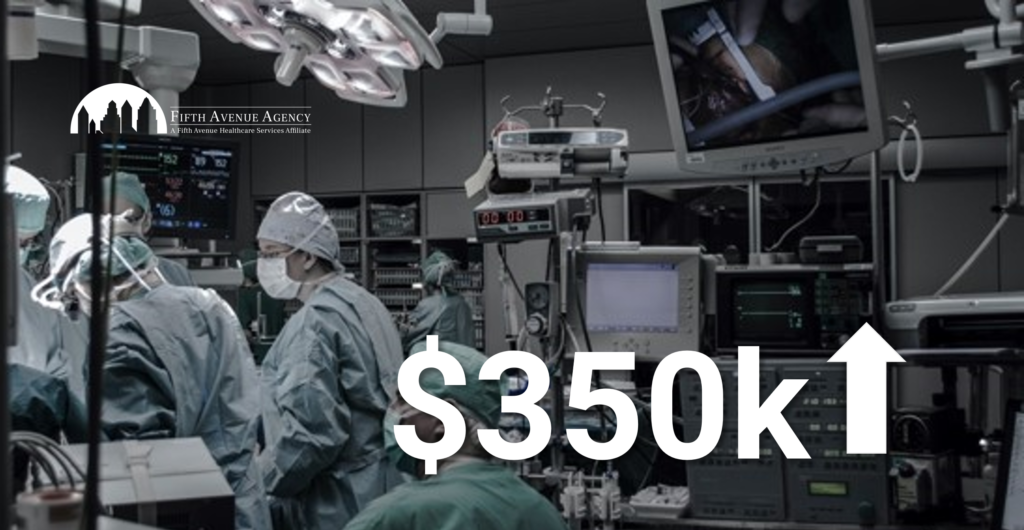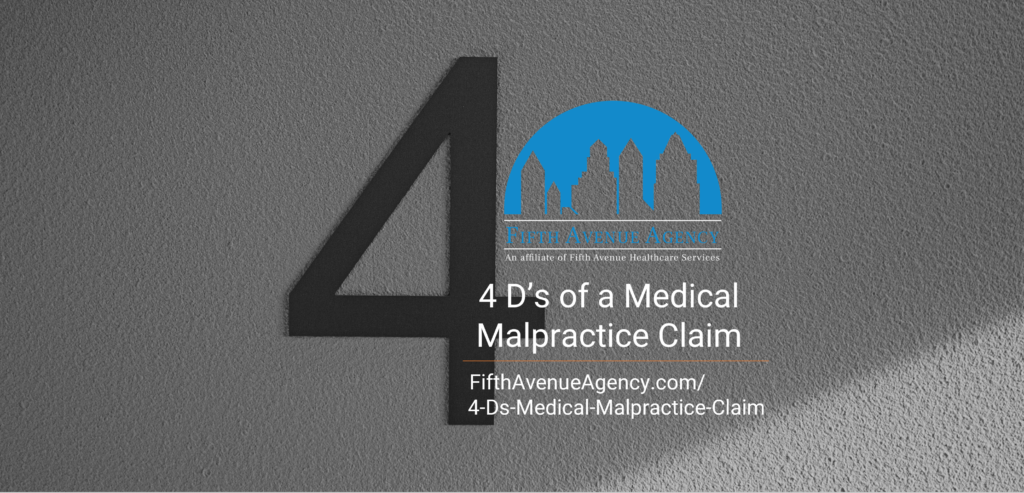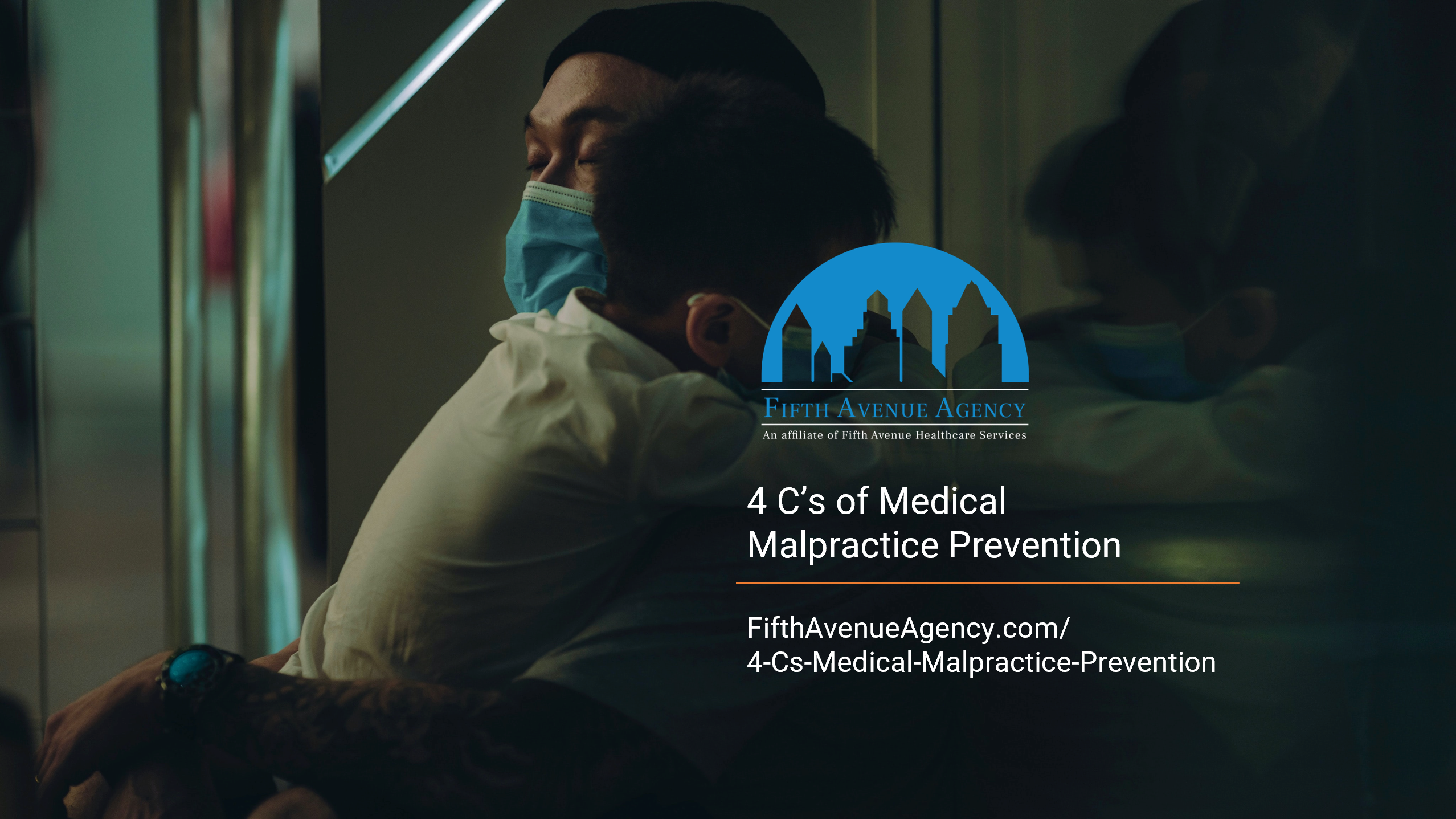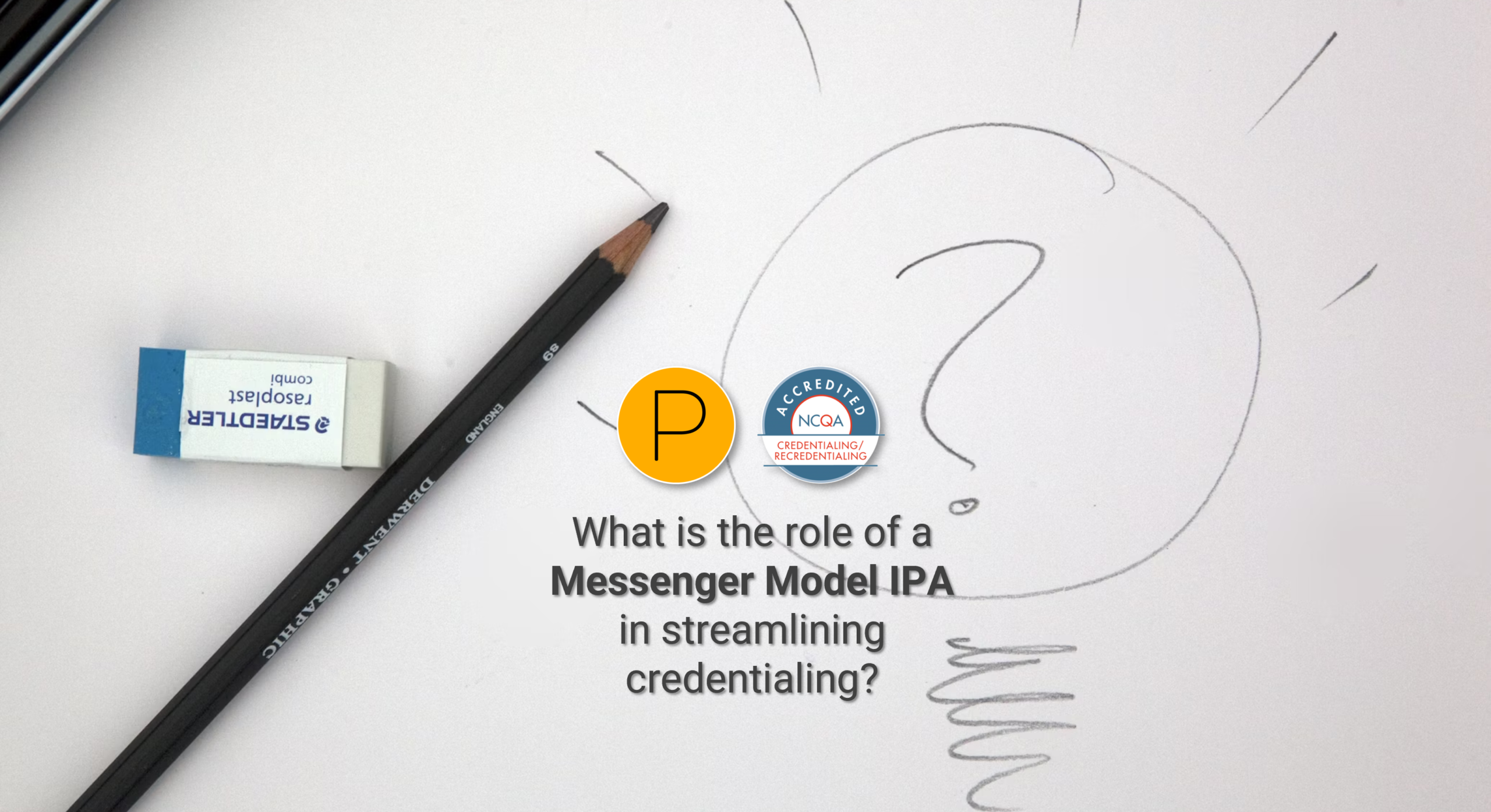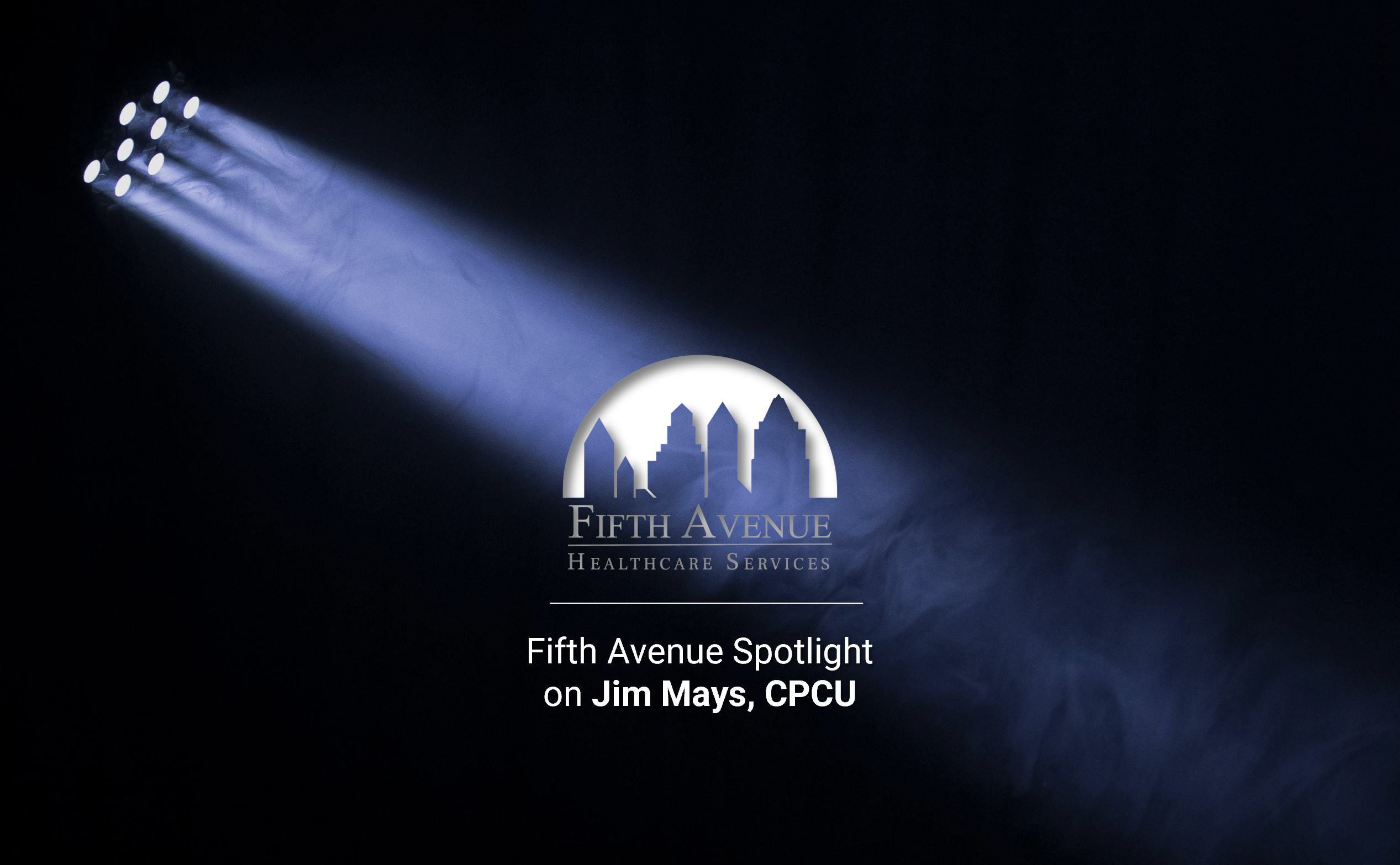Historical medical malpractice changes go into effect on January 1, 2023. On May 23, 2022, California Governor Gavin Newsom signed a bill that increased the amount of money patients could receive in medical malpractice cases in his state. This is the first time the state’s damages cap has been raised in almost 50 years.
Beginning January 1, 2023, the amount CA plaintiffs can be awarded for pain and suffering will increase to $350,000. This cap will increase over ten years until it reaches $750,000. In cases involving a patient’s death, the cap will increase to $500,000. It will gradually rise to $1 million over the same 10-year period.
Newsom commented on the lengthy process in a press release, stating, “After decades of negotiations, legislators, patient groups, and medical professionals have reached a consensus that protects patients and the stability of our healthcare system.”
The Medical Injury Compensation Reform Act
In 1975, then-Governor Jerry Brown signed the Medical Injury Compensation Reform Act (MIRCA) into law affecting medical malpractice changes. State officials worried that physicians were retiring or leaving California because insurance premiums were rising due to malpractice awards.
MIRCA capped pain and suffering awards at $250,000. However, there was NO cap on how much money plaintiffs could receive from economic losses stemming from medical bills and lost earnings. The act’s opponents claimed that MIRCA was never adjusted for inflation. The cap has always been at $250,000. If it had been changed, the total would currently be $1.3 million.
Opponents also claimed that the cap limited how much money injured children and retirees could receive. They also suggested that MIRCA discouraged lawyers from accepting certain cases that would prove difficult to win. However, Governor Newsom’s signing of Assembly Bill 35 ushers in one of California’s most historical medical malpractice changes.
CA Assembly Bill 35
Beginning January 1, 2023, the amount plaintiffs can be awarded for pain and suffering will increase to $350,000. This cap will increase over ten years until it reaches $750,000.
In cases involving a patient’s death, the cap will increase to $500,000. It will gradually rise to $1 million over the same 10-year period.
To stay current with inflation, the caps will then rise 2% every year once the 10-year period of increases ends.
CA Assembly Bill 35 also allows plaintiffs to receive up to 3 payments in lawsuits that involve multiple physicians, nurses, or hospitals. The potential award would be $1.5 million. This legislation only applies to medical malpractice cases that are filed after January 1, 2023, not to previous or ongoing cases. The legislation was co-sponsored by Assembly Majority Leader Eloise Gómez Reyes. She is pleased that champions and critics of Assembly Bill 35 came together to reach a satisfactory resolution.
Reyes stated, “To get to a compromise on something this significant on all sides, it took the stakeholders to think about the greatest good for their respective members and the community as a whole. For at least a decade we don’t have to revisit this. We can concentrate on other business that needs to be done for California.”
What Exactly is Medical Malpractice?
Medical malpractice is a healthcare provider’s negligent actions during treatment that result in patient harm or death. These actions can happen during the patient’s diagnosis, treatment, or aftercare. Suppose the injured patient or their survivor wants to sue for medical malpractice. In that case, they must prove within a reasonable amount of time that the healthcare provider acted negligently and their actions resulted in injury or death.
They must establish the 4 Ds of medical malpractice:
- Duty: A professional relationship must exist between the provider and the patient. Within this relationship, the provider promises to give the best possible professional care to the patient.
- Direct Cause: The provider’s negligence must directly cause injury or death.
- Dereliction: Dereliction is the breach of the provider’s professional duty to the patient. Plaintiffs must prove that the provider caused harm in a way that a more adept provider would not have.
- Damages: A patient or their survivors can only sue if they experienced harm due to a doctor’s negligence. Examples include additional medical bills resulting from negligence, lost earning capacity, mental anguish, and physical pain.
The 5 Leading Causes of Medical Malpractice
1. Diagnostic Errors
A diagnostic error is typically any missed, incorrect, or delayed diagnosis. The failure to inform a patient quickly and accurately about their condition and possible treatments affects nearly 12 million Americans yearly.
Diagnostic errors have historically been the primary reason for medical malpractice lawsuits. A Johns Hopkins University School of Medicine study found that 35+% of payments resulted from them.
Miscommunication or a lack of communication altogether can cause diagnostic errors. A patient might not reveal all of their symptoms. Healthcare providers might not ask the right questions or listen to their patients. Diagnostic errors might also stem from faulty equipment and poor testing.
2. Surgical Errors
Surgeries are almost always risky procedures. Surgical errors exist beyond the acceptable range of risks. They are preventable mistakes in the United States nearly 4,000 times a year.
The two common surgical errors in the United States are wrong-site procedures, when the surgeon operates on the wrong body part, and retained surgical bodies when surgeons leave foreign objects inside the patient. Other surgical errors can include wrong limb amputation, incision errors, oxygen deprivation, and anesthesia mistakes. Some cases involve surgeons operating on the wrong patient.
Not all surgical errors happen in the operating room. One study discovered that most errors take place before or after the procedure.
3. Failure to Treat
A healthcare provider’s failure to treat a patient can worsen the patient’s condition and possibly lead to death. Most of these cases see providers diagnosing conditions but not prescribing a course of treatment. Failure to treat usually happens when patients are released too quickly, and providers do not follow up.
A recent survey found that 16% of malpractice lawsuits in 2021 were filed because of a failure to treat.
4. Birth Injuries
A birth injury is damage due to physical pressure during the birthing process. In the United States, almost 30,000 babies are born with some birth injury each year, with head injuries being the most common. 7 out of 1,000 infants will experience a birth injury.
Most birth injuries happen because of communication issues between providers and patients. Other causes of these injuries include large infant size, prematurity, prolonged labor, and abnormal birthing.
5. Prescription Drug Errors
Prescription drug errors are preventable events that result in inappropriate medication use or patient harm. Every year, 100,000+ medication errors are reported to the United States Food and Drug Administration. It is estimated that medication errors affect seven million+ people each year, taking the lives of up to 9,000 people.
Examples of prescription drug errors include prescribing the wrong medication/dosage, pharmacy errors, and unclear directions. Distracted providers are the main reason patients suffer from medication mishaps.
CA Medical Malpractice Metrics and Key Statistics
- California has had the most medical malpractice lawsuits over the past 30 years.
- Out of 1.41 national million cases, approximately 138,000 belong to the Golden State. More recently, 2019 saw California lead the country with 6,300+ lawsuits.
- California is ranked #4 among the states with the largest medical malpractice compensation awards.
- Over 30 years, medical malpractice payouts in CA equaled $9.7 billion, with an average payout of just over $70,000 (the national average payout was just over $101,000).
- According to the Medical Board of California, between 2019 and 2020, 35 negligent healthcare providers had their licenses to practice medicine revoked, and 144 were placed on probation. The statute of limitations to file a medical malpractice lawsuit in California is 3 years after the date of injury or 1 year after the date of discovery, whichever is earlier.
Three Medical Malpractice Examples
Example One: $3.9 Million in Damages – 7 Minutes Before Calling Paramedics
Several of his patients sued Dr. Kevin Ciresi, a cosmetic surgeon in Fresno, California, for allegedly botching their surgeries. Instead of continuing his probation, the surgeon surrendered his medical license in June 2022.
Ciresi has been named in at least nine lawsuits from former patients. One case claimed negligence when the patient stopped breathing during a face and neck lift, and her heart stopped. Ciresi tried to revive her but allegedly, after 7 minutes, called the paramedics. The patient suffered a debilitating brain injury. The case was settled with the woman receiving $3.9 million in damages.
Example Two: $20 Million in Damages – Damaged Feeding Bag Led To Cerebral Palsy
In January 2013, a San Diego mother gave birth to a baby girl, Sophia, five weeks prematurely. The mother visited the newborn ICU four days later to see her daughter. Once there, she found a terrifying scene. Sophia was pale and lifeless. Her feeding bag had leaked. Upon further investigation, nursing errors led to Sophia getting cerebral palsy. She will require medical care for life.
The case was settled for $20 million.
Example Three: $68 Million in Damages – Surgeon Left For Lunch
In April 2012, a 70-year-old man underwent surgery to have his aortic heart valve replaced and an aneurysm repaired. The surgeon left the operating room while the patient’s chest remained open. He left his assistant to care for the patient. The patient lost so much blood that he slipped into a coma that he never came out of. The surgeon left the hospital to attend a luncheon. Hospital staff tried to contact the surgeon but to no avail.
When the case went to trial, the jury awarded the patient $68 million, including damages for pain and suffering.
Medical Malpractice Prevention
Healthcare providers with an initiative-taking approach following the standards of medicine can help lower their chances of being sued for negligence. Two important ways they can protect themselves are practicing the 4 C’s of medical malpractice prevention and possessing medical malpractice and medical professional liability insurance.
The 4 Cs of Medical Malpractice Prevention
The 4 Cs of medical malpractice prevention include:
- Compassion: Healthcare providers who make their patients as comfortable as possible and care for them to the best of their abilities have the advantage over those who do the bare minimum. Compassion sets patients at ease. It can also make patients trust their physicians. Trust can play a crucial role in the event of injury. If patients trust their doctors and nurses, they might not bring a malpractice lawsuit forward. Honesty and openness are two hallmarks of compassionate providers.
- Communication: As previously mentioned, communication errors cause a sizable portion of negligence and medical malpractice lawsuits. Providers should listen to their patients and encourage a dialogue. Diagnoses and treatment plans should be clearly explained to avoid any missteps.
- Competence: Healthcare providers should follow appropriate standards of care to ensure everyone receives the same, safe treatment. To help them achieve this, they should stay current with emerging treatments, medicines, and technologies. They can maintain their skills by taking training courses and tracking medical trends.
- Charting: Medical charts contain patients’ relevant medical information. They should contain as many details as possible. This crucial data allows providers to better treat their patients. Accurate documentation reduces the probability of any errors in care.
Medical Malpractice and Medical Professional Liability Insurance
75% of healthcare providers in low-risk specialties will deal with a medical malpractice claim sometime in their career. In 2021, 51% of providers were named in a malpractice lawsuit. Being sued for alleged negligence seems to be inevitable for many physicians.
Malpractice insurance can help protect them from liability for actions that harm patients. Coverage generally offsets attorney fees, court costs, settlements, and damages. Medical malpractice litigation can incur more legal costs than other types of lawsuits because proceedings can last longer. The proper coverage can protect physicians’ finances and professional opportunities.
Medical Malpractice Historic CA Changes: Conclusion
Raising medical malpractice damages caps might deter negligent physicians from administering substandard care. However, this punishment should not be the only preventative measure. Physicians can protect their patients and themselves by actively participating in their patients’ care. They can also seek malpractice insurance if all of their best efforts fail.
More information about Fifth Avenue Agency
Fifth Avenue Agency specializes in MPLI and medical malpractice insurance, serving 1000s of providers nationwide. Fifth Avenue Agency is part of the Fifth Avenue Healthcare Services family. Sister companies include 5ACVO (credentialing and primary source verification specialists) and Primoris Credentialing Network (credentialing and provider enrollment specialists with 54+ health plan and network provider enrollment options).
This article was initially published by Fifth Avenue Agency here. For more information on Fifth Avenue Agency, please visit FifthAvenueAgency.com or Contact Us.

